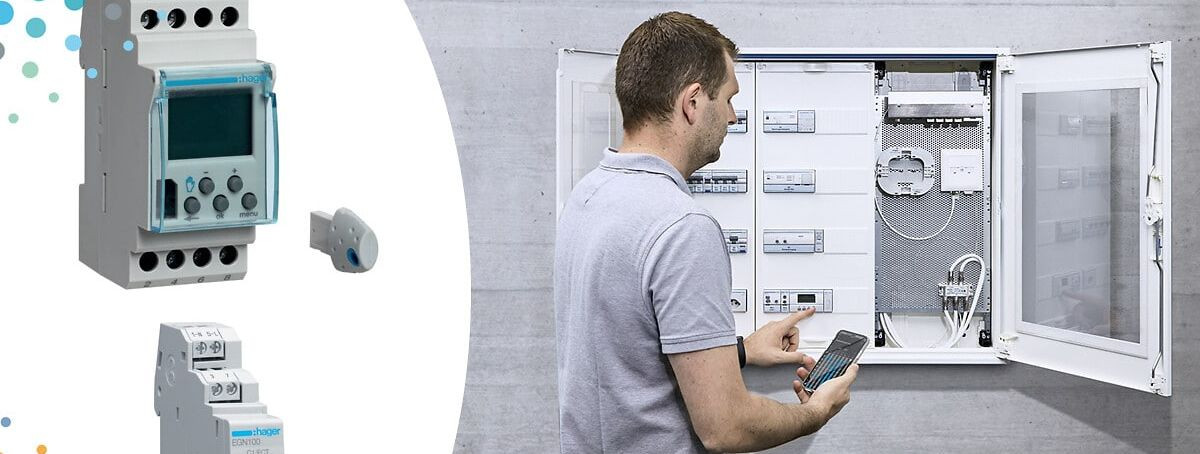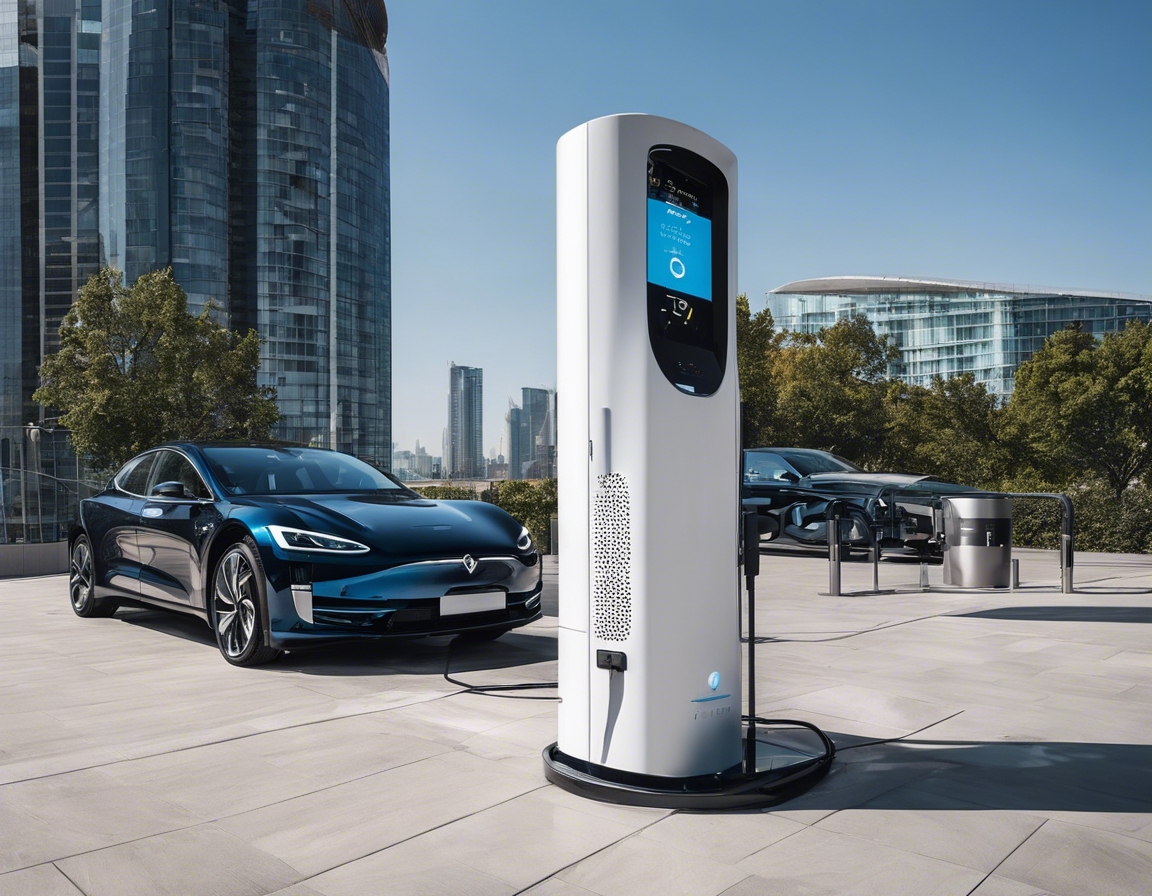The future of electric vehicle charging
The rise of electric vehicles (EVs) is transforming the automotive industry and reshaping the future of transportation. As the demand for EVs grows, so does the need for efficient and accessible charging infrastructure. Understanding the future of electric vehicle charging is crucial for businesses and industries in the electronics and energy sectors, particularly those focused on sustainable energy solutions.
2. Current State of Electric Vehicle Charging Infrastructure
Electric vehicle charging stations are categorized into three main types: Level 1, Level 2, and DC Fast Charging. Level 1 chargers use a standard household outlet and are the slowest, while Level 2 chargers require a dedicated 240-volt outlet and offer faster charging times. DC Fast Chargers provide rapid charging by converting AC power to DC within the charging station, significantly reducing charging time.
Despite advancements, the current EV charging infrastructure faces several challenges. These include limited charging station availability, long charging times, and the need for standardized connectors and payment systems. Addressing these issues is essential for widespread EV adoption and ensuring a reliable power supply.
3. Innovations in Electric Vehicle Charging
Wireless charging, also known as inductive charging, is an emerging technology that allows EVs to charge without physical connectors. This technology uses electromagnetic fields to transfer energy between a charging pad on the ground and a receiver on the vehicle. Wireless charging offers convenience and could revolutionize the way EVs are charged in the future.
Ultra-fast charging solutions are being developed to reduce charging times significantly. These systems can charge an EV battery to 80% in as little as 15 minutes. Innovations in battery technology and charging infrastructure are key to achieving these rapid charging times, making EVs more practical for long-distance travel.
Smart charging systems integrate advanced technologies to optimize charging processes. These systems can communicate with the grid to manage energy demand, reduce costs, and enhance efficiency. Smart charging also enables vehicle-to-grid (V2G) capabilities, allowing EVs to return energy to the grid during peak demand periods.
4. Integration with Renewable Energy Sources
Integrating solar power with EV charging stations is a sustainable solution that reduces reliance on fossil fuels. Solar-powered charging stations harness energy from the sun, providing a clean and renewable source of electricity for EVs. This integration supports the transition to a more sustainable energy ecosystem.
Grid integration and energy storage solutions are essential for balancing energy supply and demand. By incorporating energy storage systems, charging stations can store excess renewable energy and release it when needed. This approach enhances grid stability and ensures a reliable power supply for EV charging.
5. The Role of Policy and Regulation
Government incentives and support play a crucial role in accelerating the development of EV charging infrastructure. Policies such as tax credits, grants, and subsidies encourage businesses to invest in charging solutions and promote the adoption of EVs.
Standardization and interoperability are vital for creating a seamless charging experience for EV users. Establishing universal standards for charging connectors, communication protocols, and payment systems ensures compatibility across different charging networks and enhances user convenience.
6. Future Trends and Predictions
The expansion of charging networks is expected to continue as demand for EVs grows. Businesses and industries are investing in charging infrastructure to meet the needs of EV users and capitalize on the shift towards sustainable transportation.
The proliferation of EVs and charging stations will have a significant impact on urban planning and infrastructure. Cities will need to adapt by incorporating charging solutions into public spaces, parking lots, and residential areas, ensuring accessibility and convenience for all EV users.






Comments (0)